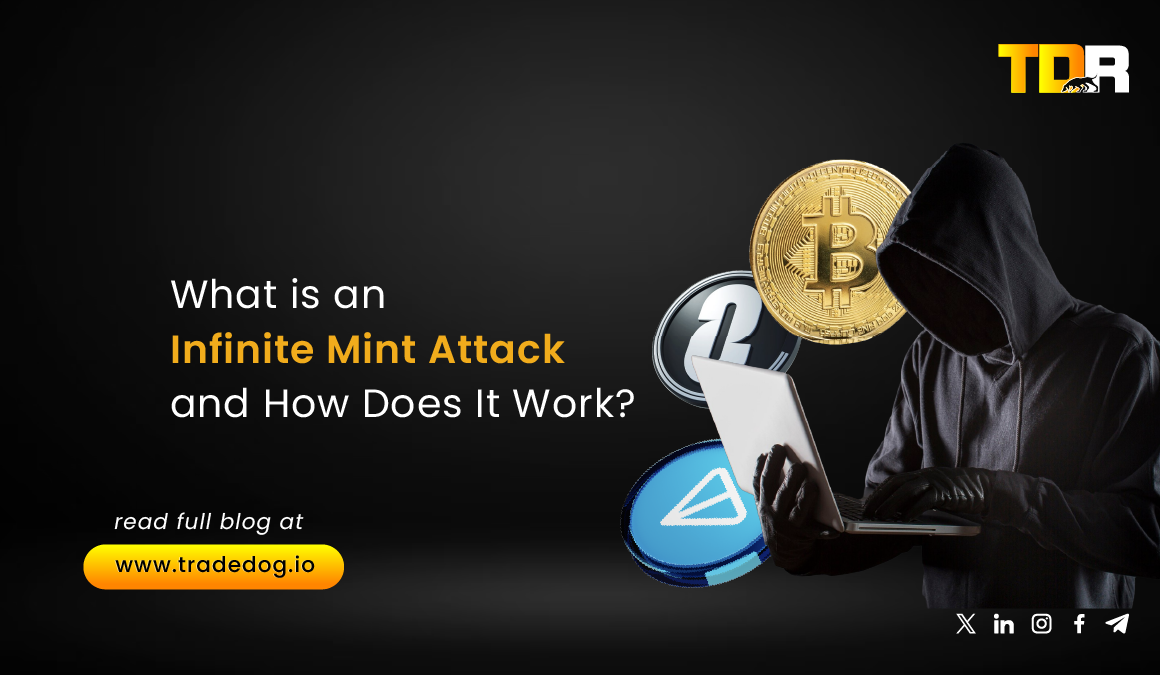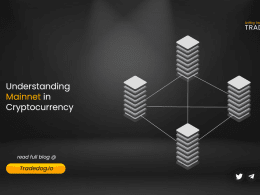Quick Links
As cryptocurrency continues to gain traction, it also becomes a target for sophisticated attacks. In H1 2024 alone, the crypto sector witnessed over 400 incidents of phishing, exit scams, and other malicious activities, resulting in a loss of ~ $1.17 Bn. In this blog, we will learn more about Infinite Mint attacks which have stood out due to their devastating impact on token value and market stability.
What Is an Infinite Mint Attack?
An infinite mint attack occurs when an attacker exploits vulnerabilities in a smart contract to mint an excessive number of tokens beyond the authorized supply. This unauthorized minting inflates the token supply, causing its value to plummet. Infinite mint attacks are particularly harmful as they can lead to rapid devaluation of the affected token and significant financial losses for investors and stakeholders.
Examples of Infinite Mint Attacks
Cover Protocol Attack
In December 2020, Cover Protocol experienced a severe infinite mint attack. Hackers exploited vulnerabilities in the protocol’s smart contract, minting over 40 quintillion tokens. This attack led to a dramatic 97% drop in the token’s value, from over $700 to less than $5, resulting in millions of dollars in losses for investors.
Paid Network Exploit
A vulnerability in the smart contract allowed attackers to mint and subsequently burn tokens, resulting in a $180 million loss and an 85% decline in the value of PAID tokens. Over 2.5 million PAID tokens were exchanged for Ether (ETH) before the malicious activity was halted.
How Does an Infinite Mint Attack Work?
1. Vulnerability Identification: The attacker identifies logical weaknesses in the smart contract, often related to input validation or access control mechanisms. These vulnerabilities allow the attacker to mint new tokens without proper authorization.
2. Exploitation Strategy: Once a vulnerability is identified, the attacker crafts a transaction designed to exploit this weakness. This transaction triggers the smart contract to mint new tokens without the necessary checks and balances.
3. Execution of Malicious Transaction: The attacker executes the crafted transaction, exploiting the identified vulnerability to mint an excessive number of tokens.
4. Unlimited Minting and Token Dumping: The attacker mints tokens beyond the intended supply limit and rapidly dumps them on the market. This sudden influx of tokens floods the market, causing the token’s value to crash.
5. Profit Realization: The attacker profits by exchanging the devalued tokens for stablecoins or other cryptocurrencies, thereby realizing financial gains at the expense of token holders.
Consequences of an Infinite Mint Attack
- Rapid Devaluation: The sudden increase in token supply causes its value to plummet, leading to significant financial losses for investors.
- Ecosystem Disruption: The attack undermines the integrity of the entire blockchain ecosystem, affecting decentralized applications (DApps), exchanges, and other services reliant on the token’s stability.
- Liquidity Crisis: The market faces a liquidity crisis as panicked investors attempt to sell off their devalued tokens.
- Long-term Impact: Rebuilding the token’s value and restoring community trust can be a lengthy and resource-intensive process.
Infinite Mint Attack vs. Reentrancy Attack
While both infinite mint attacks and reentrancy attacks exploit vulnerabilities in smart contracts, they operate differently:
| Aspect | Infinite Mint Attack | Reentrancy Attack |
| Objective | Creates an unlimited supply of tokens | Repeatedly drains funds from a contract |
| Methodology | Exploits flaws in token creation logic | Targets withdrawal mechanisms, using recursive calls |
| Prevention Measures | Smart contract audits, secure coding practices, access controls | Checks on recursive calls, gas limits, secure coding practices |
How to Prevent an Infinite Mint Attack
- Smart Contract Audits: Regular and thorough audits by independent security experts can identify vulnerabilities before they can be exploited. These audits should be a routine part of the project’s life cycle.
- Strong Access Controls: Minting privileges should be strictly limited to authorized entities. Utilizing multi-signature wallets can add an extra layer of security by requiring multiple approvals for any minting transactions.
- Proactive Contingency Plans: Maintaining robust contingency plans to quickly mitigate and contain any security breaches can also help to prevent these attacks. Projects should try to establish proactive communication channels with exchanges, wallet providers, and the broader community to address potential issues promptly.
Conclusion
Infinite mint attacks pose a significant threat to the stability and integrity of cryptocurrency ecosystems. By exploiting vulnerabilities in smart contracts, attackers can cause rapid devaluation of tokens and substantial financial losses for investors. Preventive measures, such as regular audits, strong access controls, and real-time monitoring, are essential to safeguard against such attacks.
However, security is an ongoing process. As attackers develop new techniques, the industry must continuously adapt and improve its defensive strategies. This may involve encouraging collaboration between security researchers, blockchain developers, and auditing firms to identify and address vulnerabilities proactively. Additionally, promoting education and awareness about infinite mint attacks within the investor community can empower users to make informed decisions and mitigate risks.









